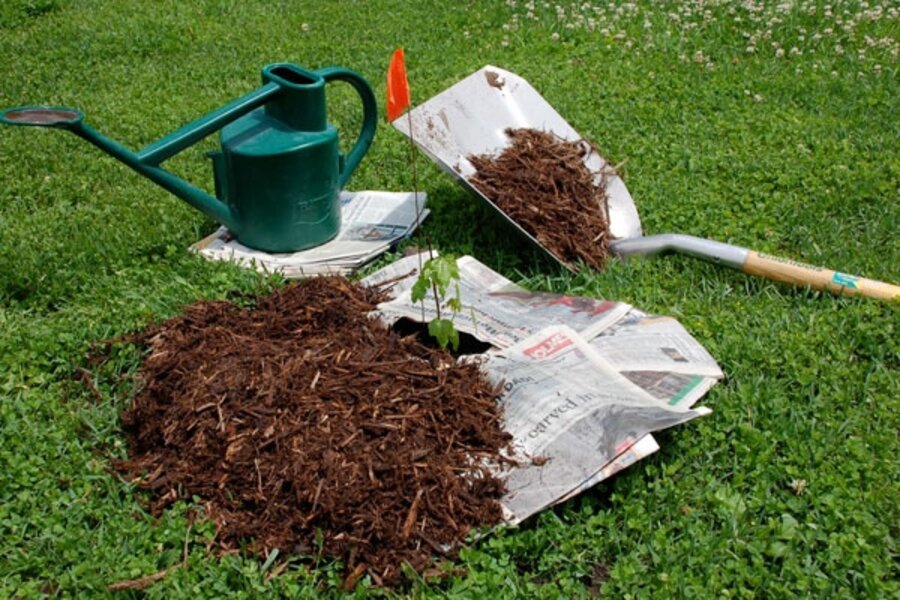The Transplanted Gardener: What’s black and white and mulch all over?
Loading...
After lo, these many years, I have sold off the menagerie. The llamas, the miniature fainting goats, even Lucy the miniature donkey – all gone.
And I am not a particularly popular guy in the household. “Dad, how could you?”
But last winter was one winter too many of having to go to the barn when it is 25 below outside and the 50 mph wind is scouring off my facial skin. Do you know how uncomfortable it feels when your nasal hairs freeze? Thus: No more.
So that I don’t have to mow the entire pasture, and so that I can plant more stuff, and so that I can escape the disapproving stares I am receiving in the house, I am planting stands of trees and putting in a loopy biking/jogging path.
I planted 15 trees last week and 15 more over the weekend. Because the money to pay for these trees does not grow on them, I must resort to buying little teeny sprigs and waiting patiently for them to cast some appreciable shade.
In the meantime, the pasture grass can grow taller than the trees, so I have done a couple things to ensure that (1) they will survive, and (2) I will not mow them down with the lawn tractor. (It’s happened.)
Brightly colored construction flags (see photo at right, above) will direct my eye so that I can find them when they need watering and avoid them when the pasture needs mowing. And to cut down on the watering trips, I have surrounded each tree with a dollop of moisture-conserving mulch, which I buy by the truckload – again to save money.
Basically, I get a yard of mulch (which fills the bed of my midsize truck) for about the cost of eight bags at the big-box store.
But before I put down the mulch, I lay down newspaper to suppress the weeds. (See? You knew there was a reason to subscribe to the pulp-product edition!)
Here’s my procedure (see photos 1 and 2 at top of post):
1. Mow the grass low. This way, the newspaper doesn’t “float” three inches above the soil.
2. Plant the tree. Water it.
3. Lay down newsprint sections (no shiny paper – bad chemicals) around the trunk. Water the paper as you go so it doesn’t blow away.
4. Pile up three to four inches of mulch on top of the newspaper. Do not let the newspaper or mulch touch the trunk (which can cause rot).
5. Water again, mostly just so the mulch adheres to the paper and doesn’t blow away.
This newspaper lasagna will prevent weeds from growing for about a season before breaking down and becoming mulch itself.
You can, of course, use this method in planting anything – shrubs come to mind – or in establishing large areas for new beds and borders.
The downside is that I usually spot a story or two that I missed on the first go-round and end up sitting on my kiester in the weeds absorbing both information and mud.
What else I’m into this week: The revived American Heritage magazine. I buy it for the military history but read it cover to cover – even when they’re doing in-depth scrutinization of Elvis, immigration, Mickey Mouse, and banking. Kind of like reading the long takeouts in The New Yorker but with age and topicality. And swordplay.
Read more from the Transplanted Gardener by clicking here, here, here, here, here, here, here, here, and here.
Note: The winners of the Monitor's first monthly garden photos contest will be announced soon. Watch this space for the names.






